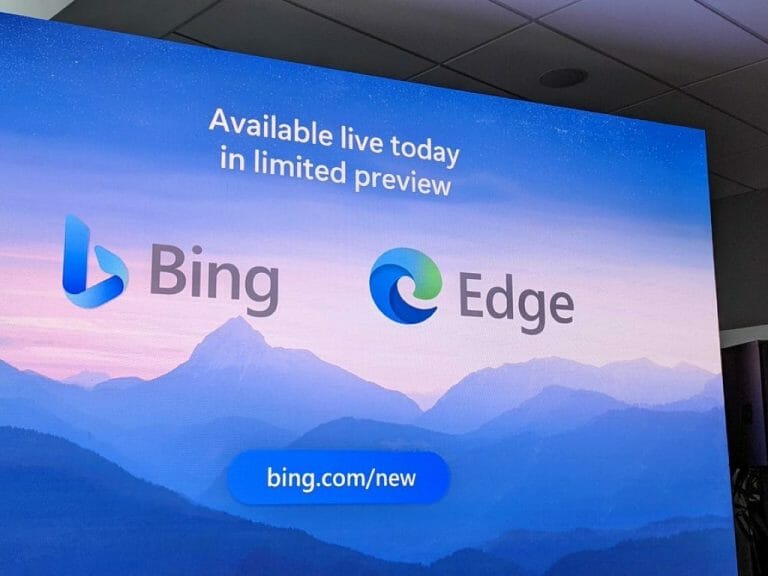Recently, Microsoft disclosed a set of fresh enhancements to its Bing Chat, utilizing the power of GPT-4, and has now unveiled a range of significant improvements exclusively for mobile users. As part of its efforts to foster a truly seamless user experience, the company has introduced an array of mobile-first features that are on par with those on desktops.
As per an announcement made today, Microsoft Bing is introducing new features, including videos, Knowledge Cards, graphs, better formatting, and social sharing capabilities to both desktop and mobile experiences. Chat history is also being rolled out across both platforms, allowing users to view a list of recent activity on their mobile device by clicking a clock-inspired icon. The feature will soon be available on desktop as well.
New features being rolled out
In an effort to provide more convenient access to Bing Chat for iOS and Android users, Microsoft is introducing a mobile widget that can be pinned to the home screen. The widget features a Bing icon, allowing for quick access to Bing Chat, and a microphone icon enabling users to ask questions using voice input. This new feature will be available on both iOS and Android platforms later this week. Furthermore, Microsoft is also enhancing its language support for voice input, adding to its overall functionality.
As of today, an exciting new feature has been added to Bing Chat which will allow users to commence a conversation on their PC and continue it on their mobile device. Microsoft has given an example scenario where a user creates a recipe on their PC and then requests ingredient substitutes on their mobile device whilst grocery shopping. This feature is now being rolled out and will soon be available to all iOS and Android users within the next week.
Moreover, a new advancement has been made to the mobile version of the Microsoft Edge browser, providing it with contextual chat capabilities on iOS and Android devices.
Microsoft has announced the inclusion of the Compose feature in SwiftKey, wherein the software’s capabilities have been enhanced to craft text by the specific parameters provided by the user. This includes not only the subject matter but also the message’s tone, format, and length. The feature, designed to make administrative tasks less daunting, allows users to compose emails to service providers requesting solutions to their concerns, enabling them to efficiently complete their tasks with minimal effort. The feature is now available on the desktop through the Edge sidebar and is set to become available to all iOS and Android users over the next two weeks.
Also, the SwiftKey keyboard has been enhanced with an AI-powered translator, enabling seamless communication with contacts residing in any part of the world. Accessing the Bing icon on the ribbon above the keyboard is all that is required to activate the feature, similar to Compose. Upon selection of the “Translate” option, the user can specify the preferred languages for translation from and to. Any language supported by Bing can be translated. The translated text will automatically appear in the message field, ready to be sent by the user. The feature is presently available on Android devices and will be accessible worldwide, including iOS, within the upcoming week.
The tech giant has integrated an AI-powered translator into their SwiftKey keyboard, allowing users to translate text in any language supported by Bing. The feature is already available for Android and will be rolled out worldwide within the next week for all users, including iOS. In addition, Skype group chats can now include the AI-powered Bing, making it easier to generate new ideas or lists based on previous conversations. Users simply need to tag @Bing to access the feature.
Via Microsoft Bing


